As some of you may know, I’m not much of a snorkeler. I’ve never demonstrated much success in keeping water out of my snorkel and, by extension, my mouth.
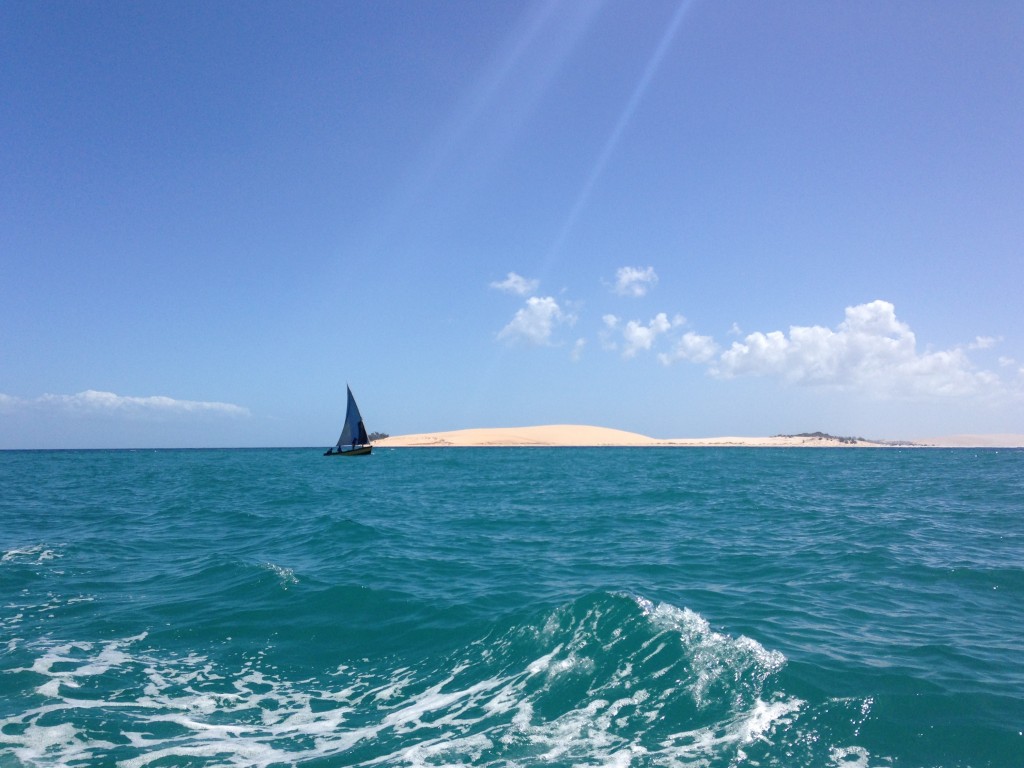
My first snorkeling experience was during a trip to Cancun during Spring Break 2002. There were so many people in the water that I got lost from my group (everyone pretty much looks the same when all you can see is a snorkel and the tip of some fins), and, distracted by this concern, I tried to swim under a school of fish. I ended up gulping down such a huge quantity of salt water that, when I was finally reunited with my group and back on the boat, I was sick the whole way back to land.
I tried snorkeling in Mexico once again during Spring Break 2006, with only slightly more success. When all my friends (new law school friends, not friends who had been present for my first snorkeling disaster) jumped into the water, I hung back. It wasn’t until they were all waiting in the water, looking at me expectantly, that I finally admitted, “I don’t really like water. Or fish.” I finally forced myself off the boat, but I wouldn’t say that I enjoyed the activity. I distinctly remember thinking Thank God as I grasped the ladder to pull myself back onto the boat.
I haven’t snorkeled since then, but I’ve gone diving in no less than three continents, and, if I can remove and replace my mask while under water, I can certainly handle some snorkeling. Right?
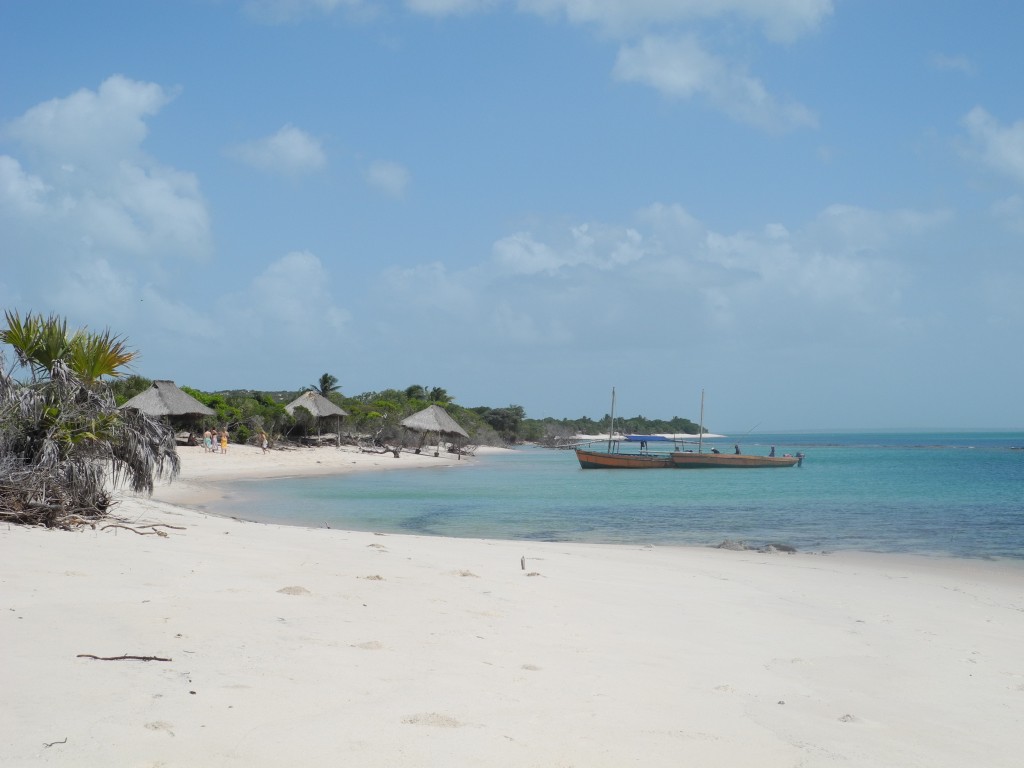
One of the most highly recommended activities in Vilankulo is sailing around the Bazaruto Archipelago, a beautiful collection of islands surrounded by water so turquoise that you almost can’t believe it’s real, in a fishing dhow. The only accommodation on the islands themselves is incredibly upmarket and way beyond our budget (the prices listed in our guidebook range, I kid you not, from US $545-$875 per person), and so the only way for reasonable travelers like us to see the islands is via a day trip.
We signed up with Sailaway Dhow Safaris for an overnight excursion that would take us sailing around the archipelago to choice snorkeling sites and have us camp overnight on the mainland (as camping is not currently permitted on the islands). On Tuesday morning, we arrived at Sailaway and met our safari leader Ashleigh, a blonde whose family had immigrated to Mozambique years ago after having been run off their farm in Zimbabwe. We were promptly outfitted with all the gear that we would need for our trip: masks with attached snorkels, fins, and protective booties.
Along with the other members of our group (a woman who worked in one of the hotels here in Vilankulo; a tattooed guy from the UK who is doing some work in South Africa and his Irish girlfriend; and four British girls, one of whom had been traveling around Africa since November), we climbed aboard the dhow, a purple-and-green boat called the Adriana. The back of dhow was set up with a large box of sand that contained a small charcoal pit, and, almost immediately after heading out, the cook lit the fire and made us some (instant) coffee and tea.
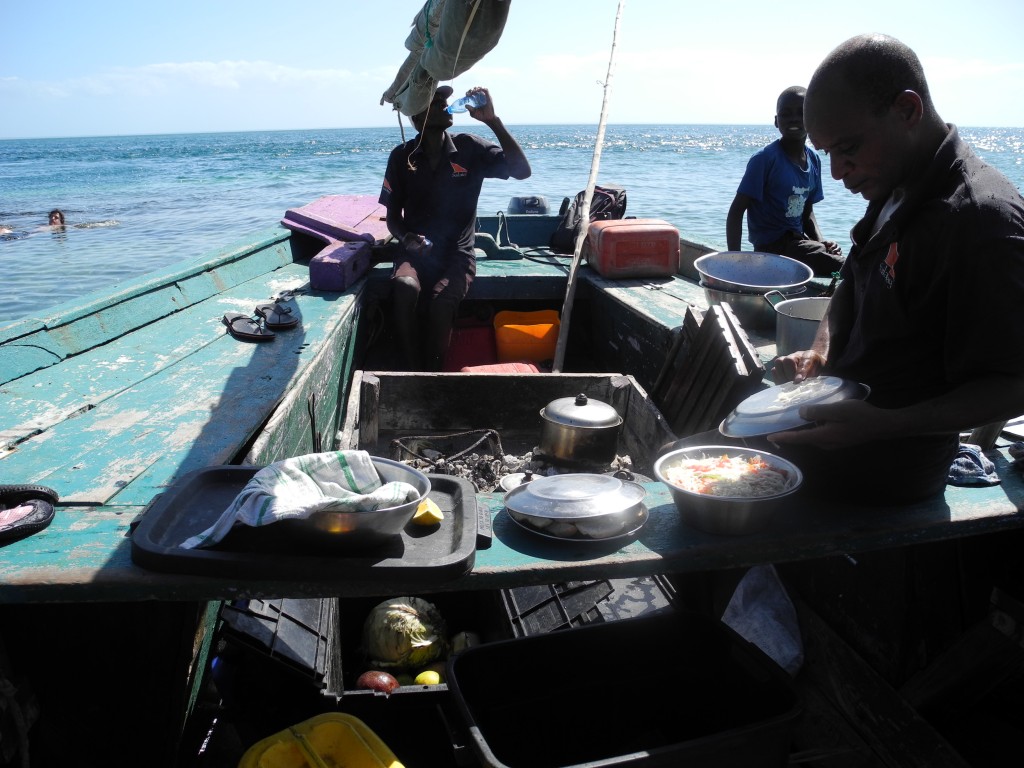
We traveled to Magaruque Island, about 11 kilometers east off of the coast from Vilankulo, and then walked along the beach to the start of the 500 meter base reef. (Halfway to our destination, we were approached by some people with a camera asking us to say something for a Mozambican television segment they were filming on tourism in the area. It was in Portuguese, and I couldn’t remember it, so I employed the time-tested trick I learned from sorority recruitment: If you don’t remember the words, just move your mouth. I waved with the best of them, though.) The reef was rocky and surprisingly sharp, and, despite all of Ashleigh’s warnings and the protective booties, I managed to cut my hands and shins up pretty well on the reef. Once I got over my fear that I was just chumming the water (and switched out my mask, the first of which was broken and allowed water to come rushing in), the snorkeling was amazing. We drifted along the reef, admiring the brightly colored tropical fish, including some pretty big parrotfish.
When we had drifted back to where the boat had been moored, we climbed onto the shore and feasted on the lunch that had been prepared on the boat. We had crabs, some kind of fish, rice, a tomato sauce, bread, a cabbage-based salad, and bananas.
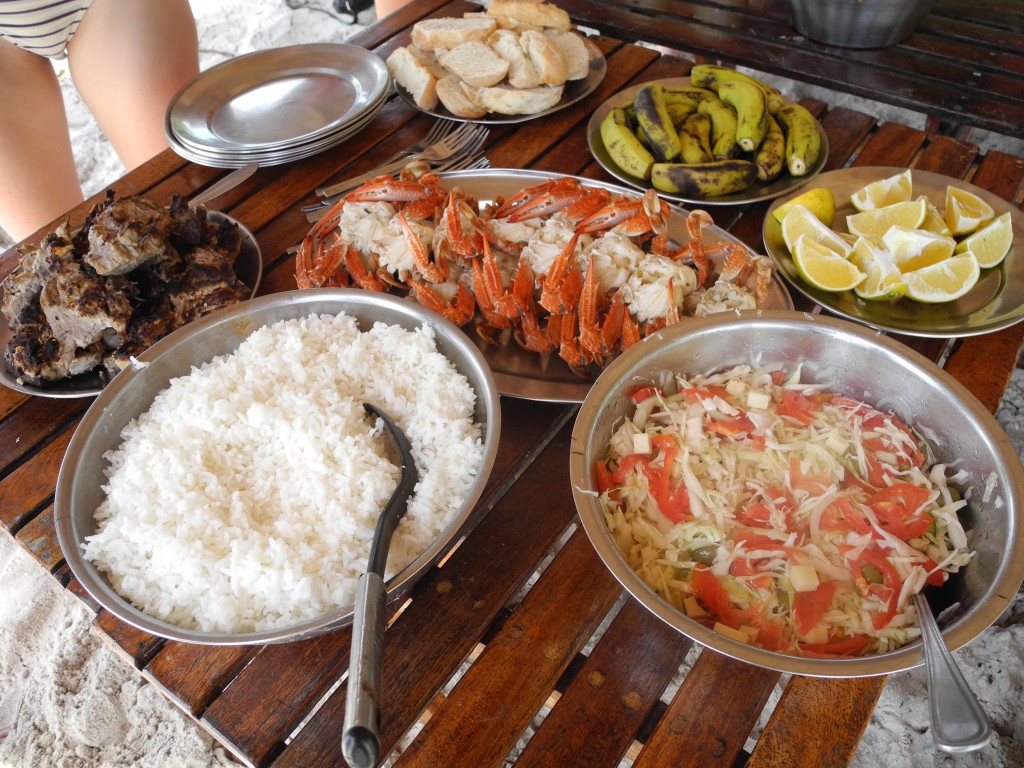
After lunch, Marc and I did some more snorkeling along a different part of the reef, catching sight of more amazing fish and an eel.
After we packed up lunch, another boat arrived to take the woman who worked at the hotel and the British guy and his Irish girlfriend back to Vilankulo, as they had only signed up for a day trip. The rest of us reboarded the Adriana and headed toward the mainland north of Vilankulo, where we would be camping for the evening. Midway through our sail to the camp, the cook prepared us some popcorn, which we enjoyed while looking for (and spotting!) dolphins. (Our attempts to sight the elusive and endangered dugong1 were less successful.)
Once at the camp at Chigamane, on the mainland about 10 kilometers north of Vilankulo, we had a chance to shower and then spent the rest of the evening around the campfire, drinking beer and visiting with Ashleigh and the British girls. After dinner, we all trooped down to the beach and stared up at the stars in amazement. I always missed the stars in New York, and marveled at the number of different stars that were visible at the campsite. It was like nothing I had ever seen; I didn’t even know that there were so many stars that were visible to the human eye.
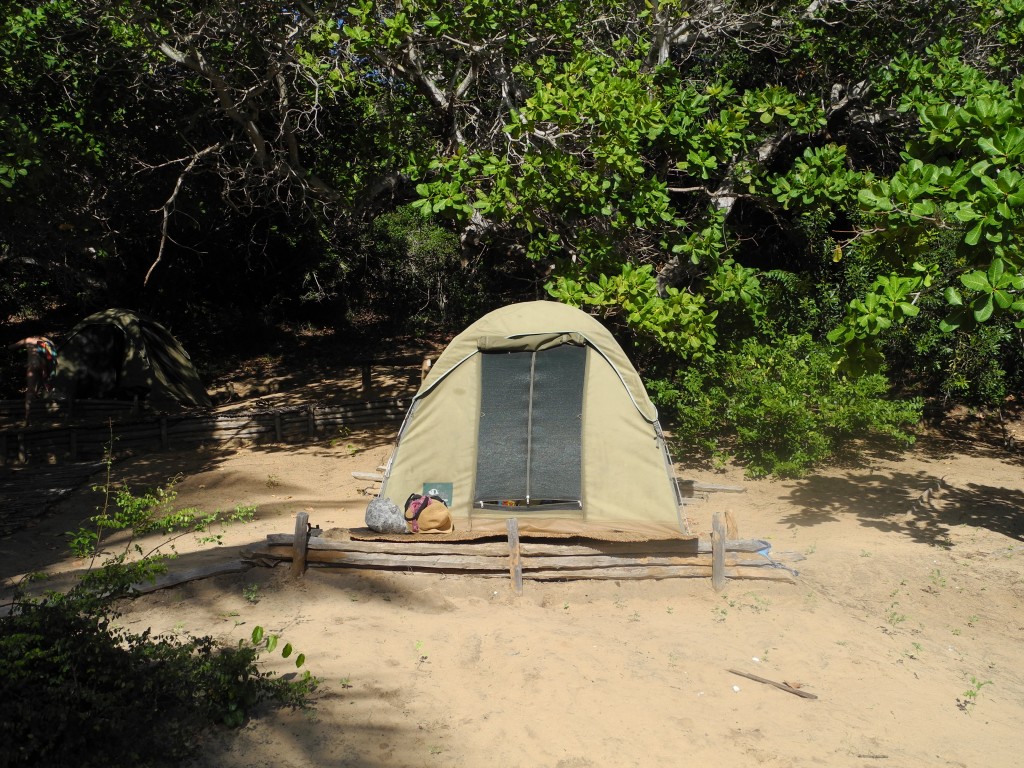
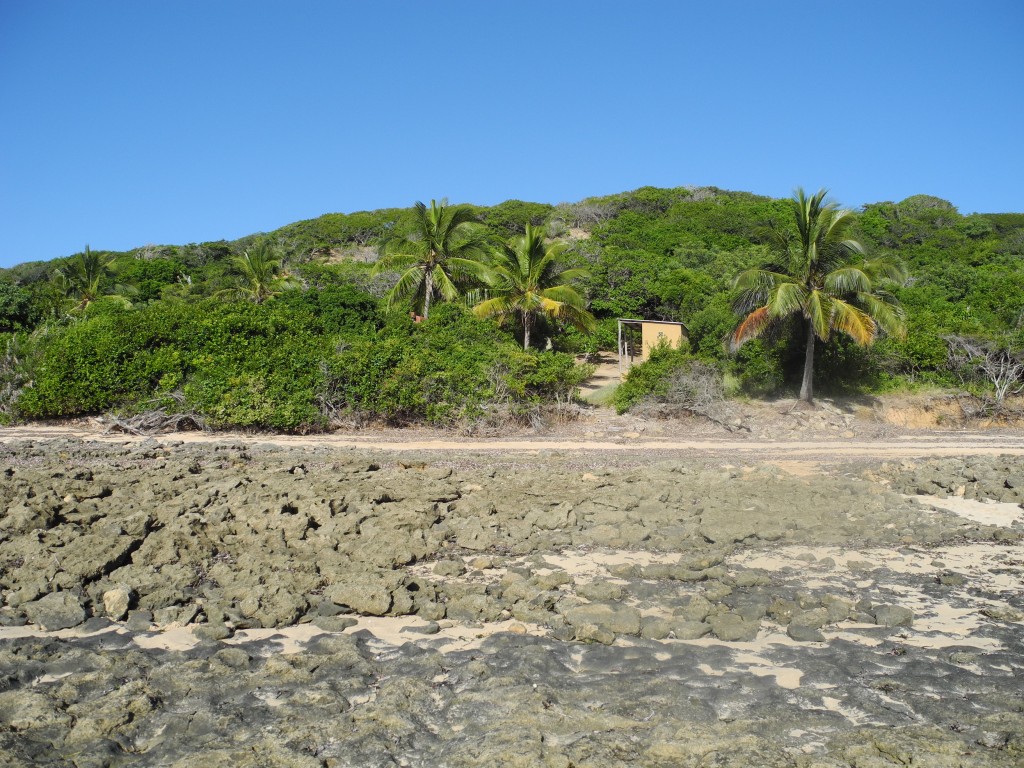
Breakfast was served at 7:00 a.m. the next morning, and then we all loaded ourselves back onto the Adriana, ready for our second day of dhow safari-ing. During the nearly two-hour journey out to the islands, we saw more dolphins and, incredibly, glimpsed one of the dugongs breaching the surface.
At one point, we had to pass through a rough patch of water – the channel between Benguerra and Bazaruto Islands – that Ashleigh called the Washing Machine. The name certainly felt apt as the dhow was tossed back and forth over impressive waves, which broke in the middle of the ocean. I kept my eye on the life jackets, certain that we were all going to end up in the ocean.
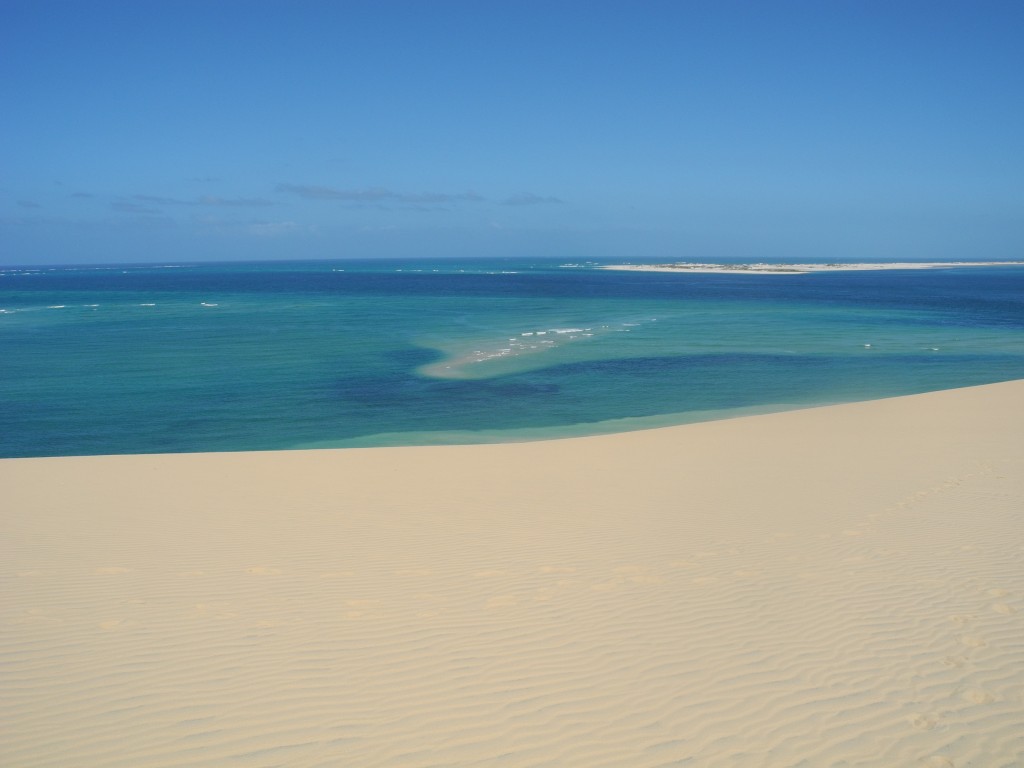
When we finally arrived at our destination, Two Mile Reef, the water was still choppy and our boat was still tilting wildly with each passing wave. After a conversation with our captain in Portuguese, Ashley said that if we were “confident” swimmers, we could snorkel at our own risk. Although I had had a successful day snorkeling the day before, my previous snorkeling experiences were at the forefront of my mind, something that I wasn’t so sure lent itself to considering myself a “confident” snorkeler. I let everyone else jump in the water while I slowly put on my fins, debating whether or not I was going to jump in myself. When the consensus from the others was that the water was in fact a much better place to be than the rocking boat, I grabbed my snorkel and jumped in with everyone else.
It was amazing. The water did seem much calmer once you were in it, and the snorkeling was awe-inspiring. We saw brightly colored coral, tons of vividly striped and spotted fish, and even two octopuses, flexing and unfurling their tentacles as they swam along.
Eventually, we had to climb back into the boat and continue the rest of the way to Bazaruto Island, the largest island in the Bazaruto Archipelago. There, we climbed to the top of one of the huge sand dunes.
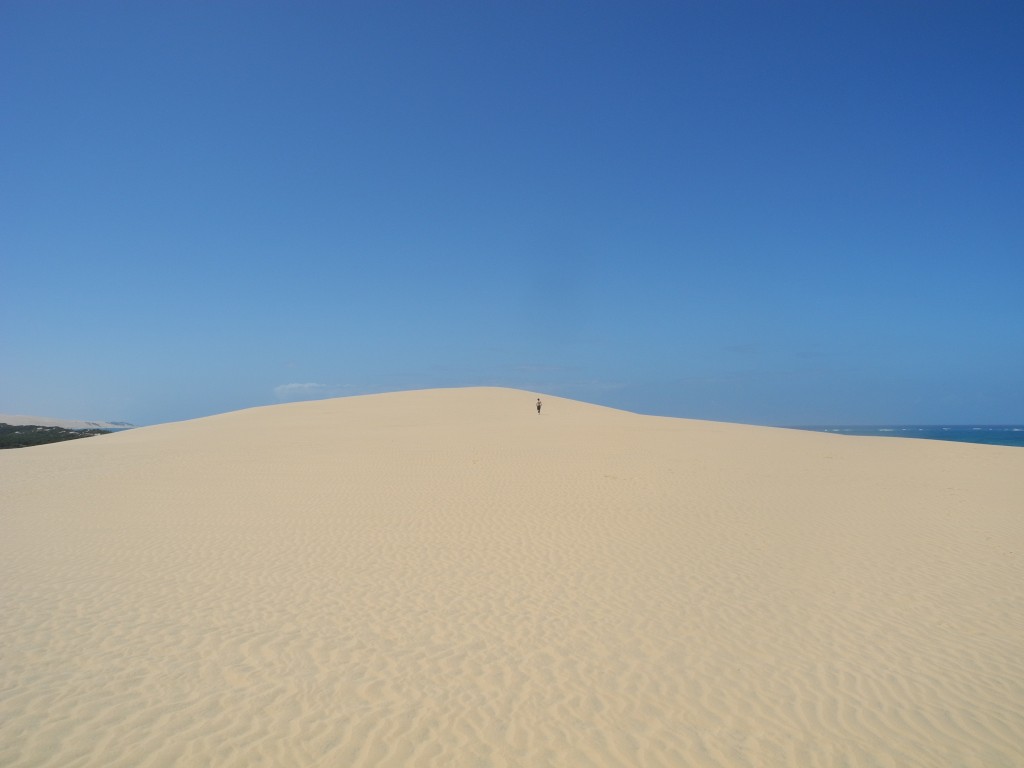
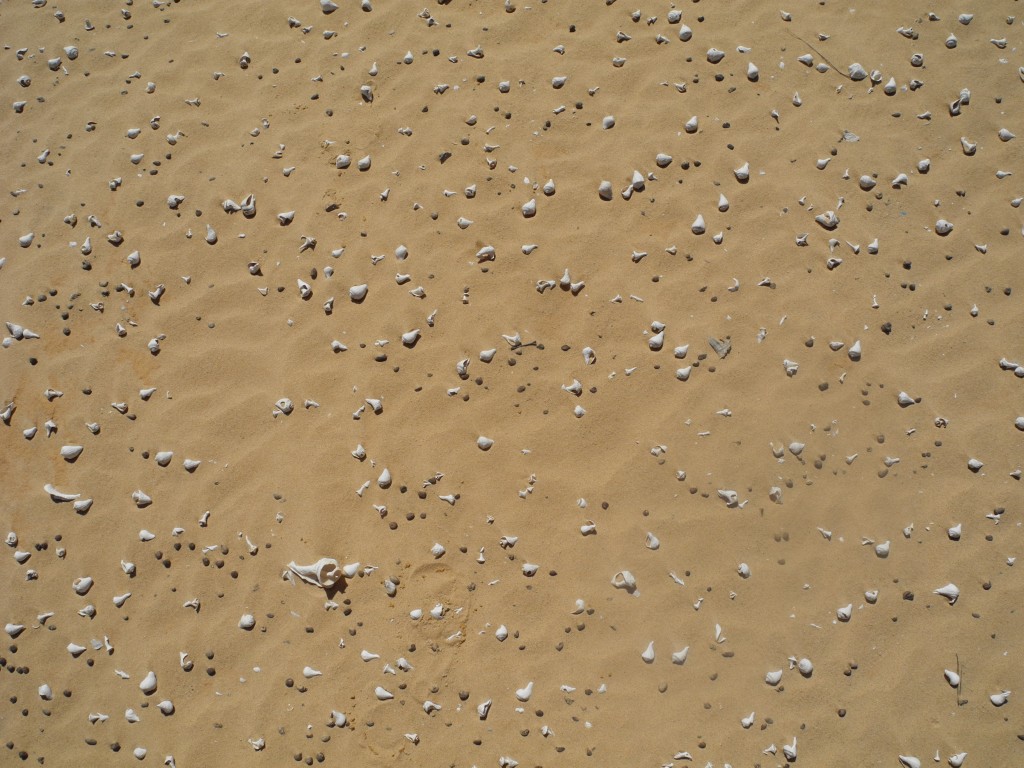
I was prepared to be unimpressed (I wasn’t sure I saw the point of climbing a big pile of sand), but it was incredible and almost indescribable. It felt like the end of the world: the sand dune dropped off sharply on one side, sand trickling down from a dizzying height to the green valley below, with a breath-taking view of the brilliant Indian Ocean and waves breaking over the reefs scattered around the islands in the other direction. We could have stayed up there all day, but the heat of the sand started to wear through our protective booties (and there had been some talk of lunch).
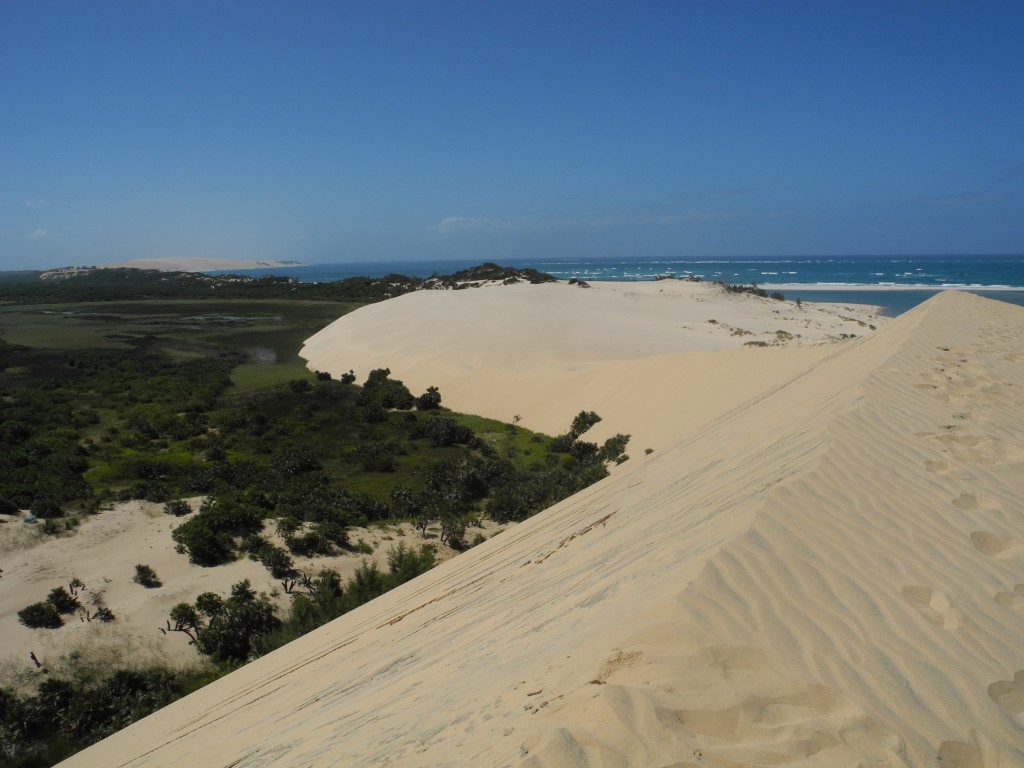
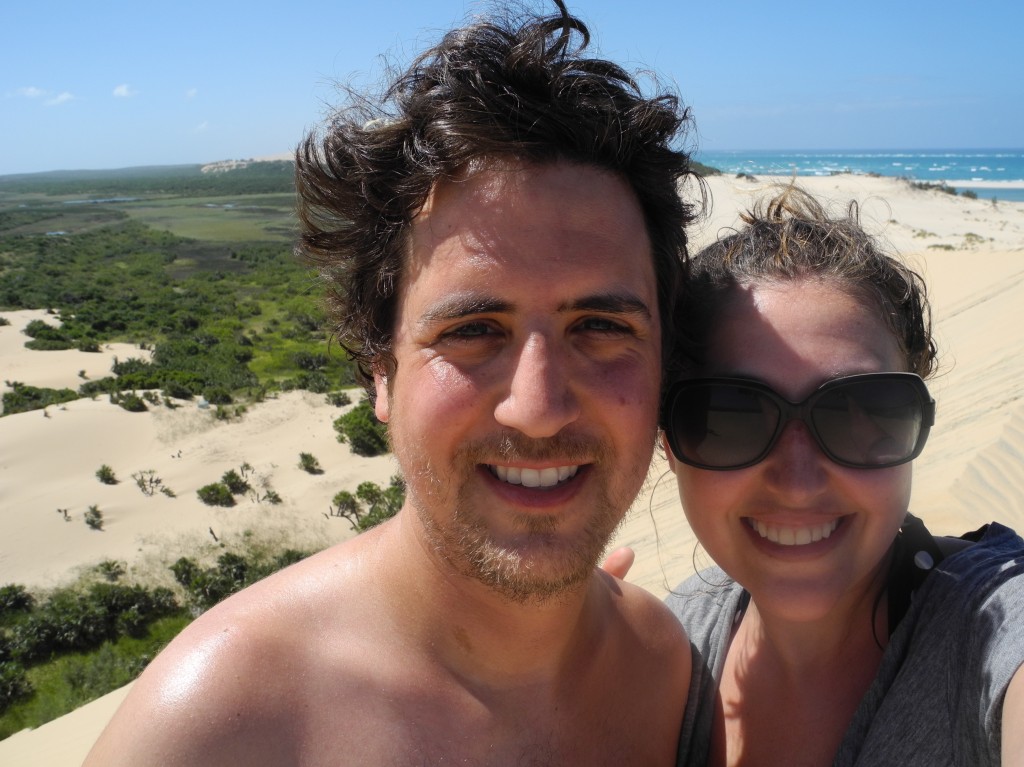
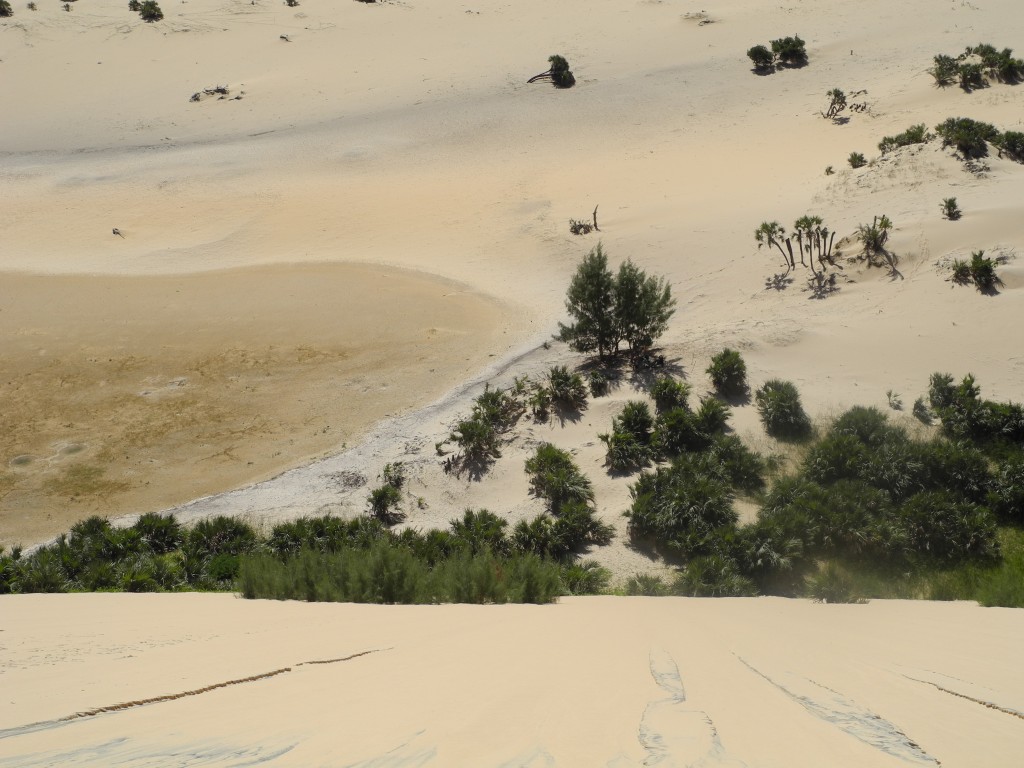
We reluctantly climbed down the sand dune back to the dhow, where our cook had prepared some freshly caught squid that he had purchased from some of the local fishermen. While we ate the squid with potato salad, cabbage salad, and orange slices, our cook let one of the guys who had sold us the squid cook his own fish on our fire, which he then carried away on his kayak.
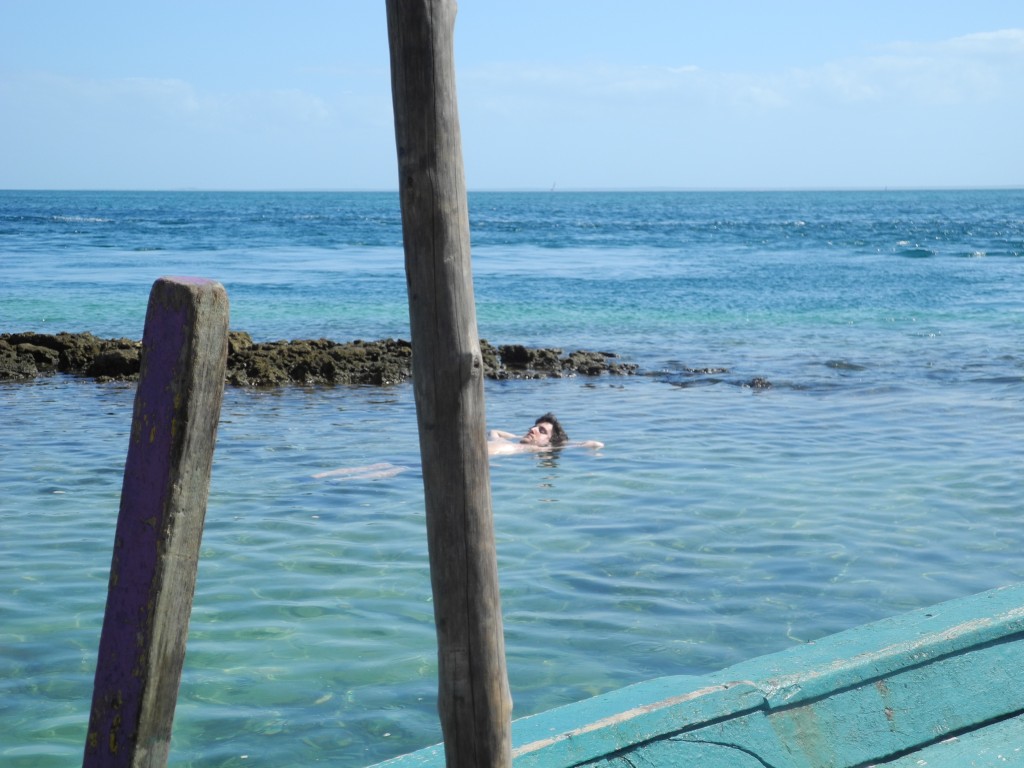
After a few final splashes in the water, we headed back to Vilankulo. It was an amazing trip, and one that totally changed my perspective on snorkeling. It’s also one of the few ways to see the incredible Bazaruto Archipelago islands, which are definitely worth seeing.
1 Dugongs are related, and appear similar, to manatees.

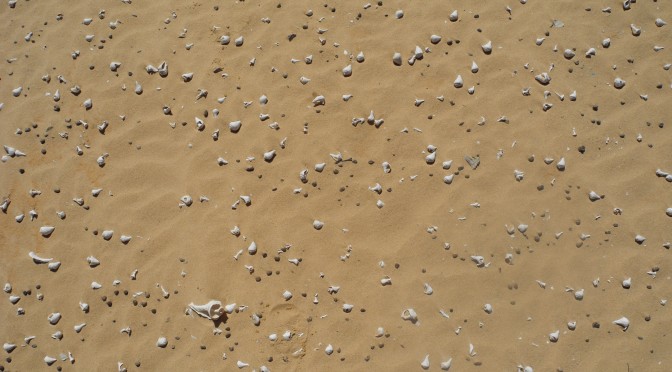

Jealous! I expect Marc to come back with a full beard and dread
Thanks for sharing your amazing adventures with your readers. I almost feel like I am there with you!
You both look so relaxed. I am glad.
Amazing! Did you camp in the Westlaw tent?
Alas, we did not. Sailaway had their own tents – possibly nicer than the Westlaw tent, but obviously lacking the character. We hope to trot the Westlaw tent out soon!